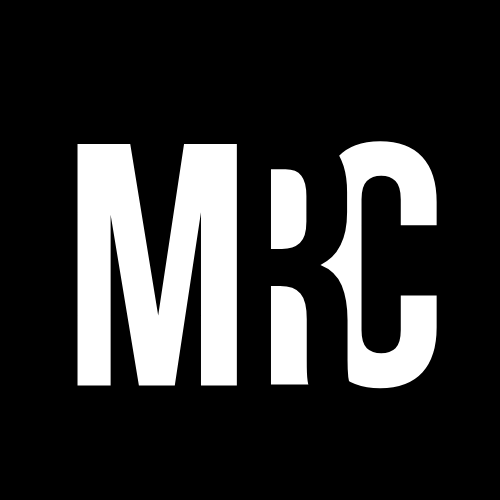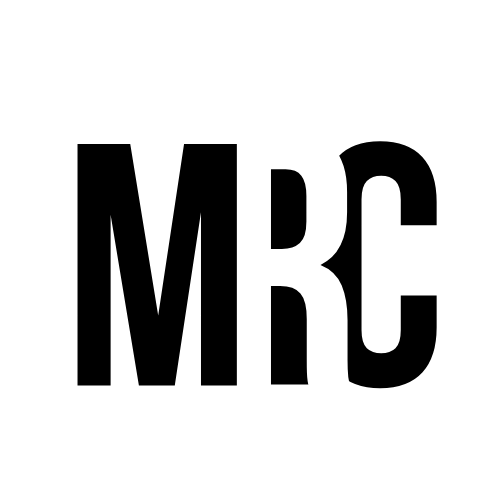In Honour Of The Village We Have Today | Plan Canada
Back in the Idle No More days, this awesome woman named Althea Guiboche would always talk about the village. It was such a beautiful concept many have been inspired and motivated by ever since. I have seen many examples in Winnipeg’s inner city dating as far back as the 60’s where urban Indigenous leadership breathed life into the village of today, whether it was in the Neeginan Plan or the Indigenous volunteer led work we call the village today.
This concept was central to the work we undertook with Housing Solutions for Indigenous Youth Aging Out of Care in Winnipeg, a project led by Fearless R2W, HTFC Winnipeg and many many community partners in Winnipeg. The project is coming to its conclusion with a final report and Road Map to be released, but in the mean time some of the helpers involved have worked together on an article we submitted to the Canadian Institute of Planners for their magazine that is published a couple times a year, with a focus on social and racial equity.
See below for the full article as well as a summary of the contents.
Summary
Youth involved in the child welfare system in Manitoba are aging out of foster care and into situations of precarious housing and homelessness at astonishing rates. A cross-cultural and intergenerational collective of planners, researchers, and urban Indigenous youth in Winnipeg joined together to lead a social innovation lab to address this issue through a systems-thinking approach. This article shares some key learnings and takeaways from the lab. It examines how this process has centred the strengths, aspirations, and needs of the community while examining barriers to housing that Indigenous youth in Winnipeg face as they age out of care.
Article Sections:
Rebuilding the village for Indigenous youth aging out of care in Winnipeg
Engaging cross cultural and intergnerational collaborations in the village
EDIT: The article incorrectly lists “two eyed seeing” as one of our guiding principles. Immediately after beginning the project we identified and prioritized local knowledge that was present here in Winnipeg and replaced that concept with WAKOTOWIN, the Ininew term meaning kinship, describing many connections.
ARROWS Youth Engagement Strategy
If you’ve ever heard me speak or worked with me in community, you will be familiar with this stratgy that puts RELATIONSHIPS at the centre of the important systems change work that is being undertaken
Outcomes
Acknowledgements
Thank you to Zoë Mager, Darrien Morton & Nigaani Wabiski Mikinak Ogichidaa for their work in bringing this article and project together in such a good way.


